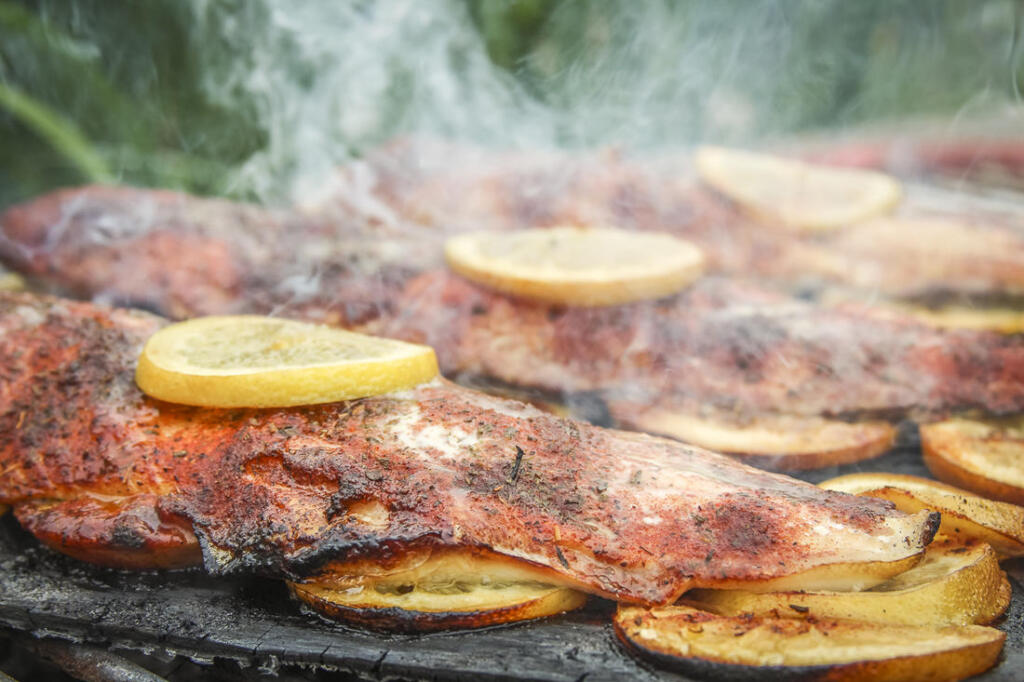
One of the greatest joys of summer at the lake is grilling delicious recipes in the backyard. While hardwood coal and gas grills are reliable and consistent heat sources, they’re not the secret to flavorful meats. Emma, an experienced home cook from the Puget Sound region, says, ” What produces the unique flavor of grilled food is the wood. When planks of wood are set over a source of heat, they release smoke that emits a specific flavor.” However, the wood you choose depends on your meat and desired flavor profile. For instance, hickory gives off strong, rich flavors, which is perfect for steak, but the light flavor of cedar is excellent for swordfish. At Lake Homes, we’re here to help you identify which types of wood are best for your grilling needs.
Hickory
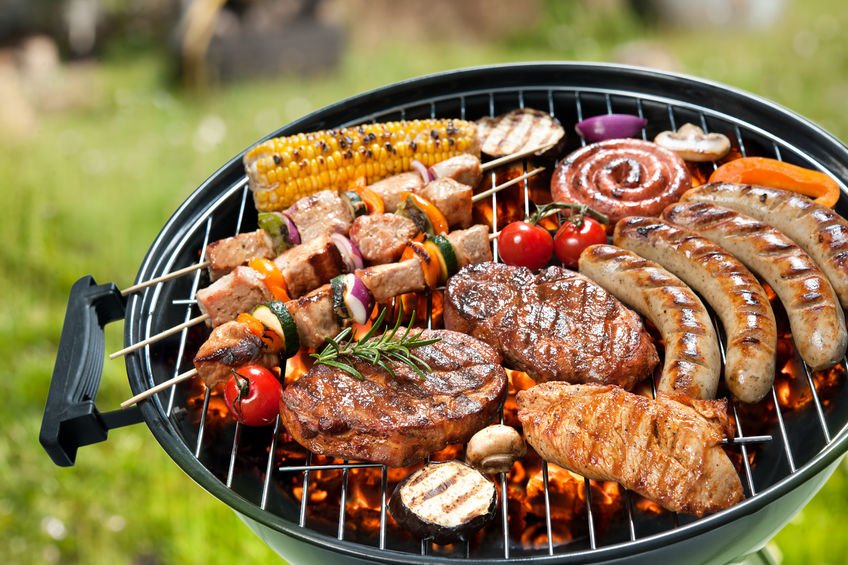
When cooking meats for longer periods, hickory is one of the most popular choices. Its strong flavor, similar to bacon, pairs excellently with beef, pork, and chicken. It adds a unique, dark color to these meats. Smoking, grilling, and BBQing with hickory are most common in the midwest and south due to the prevalence of the hickory tree in this region. In fact, most of the 18 species are native to Eastern North America. The pecan tree is a type of hickory tree that cooks sweeter flavors and burns for shorter periods of time. However, be careful with how long you keep meat on the grill. Too long, and the hearty flavor will turn into bitterness.
Oak & Walnut
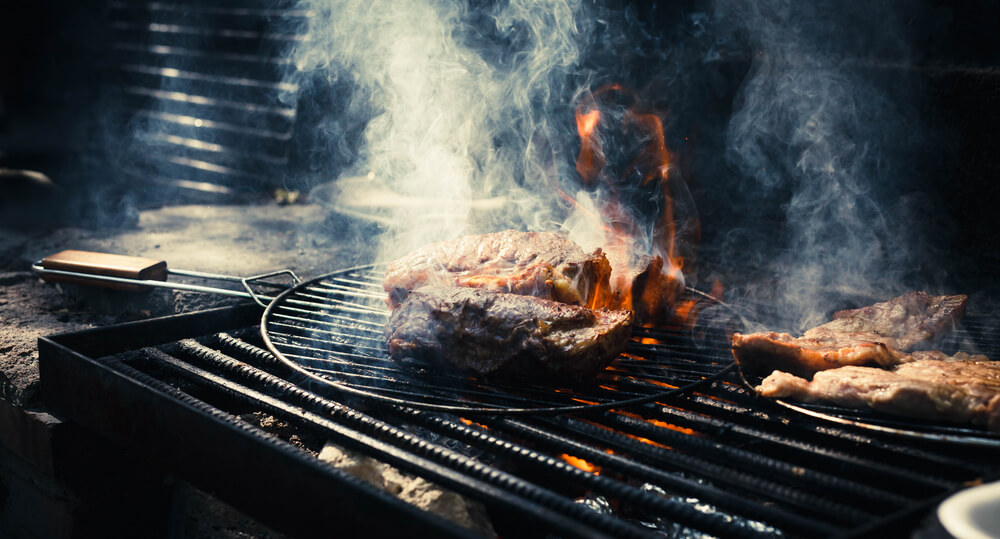
Because they are both heavily flavored woods, oak and walnut create similar flavor profiles for your meat of choice. Both of these woods produce an intense smoky flavor when grilling at the lake. Most commonly, oak and walnut work best with tough game meats like deer, which won’t be overpowered by the stronger wood. Like hickory, the meat can become bitter if overdone. The meat will also develop a dark brown coloring quickly, so with this cooking method, be sure to keep an eye on it, so you get that nice, crispy flavor.
Cedar
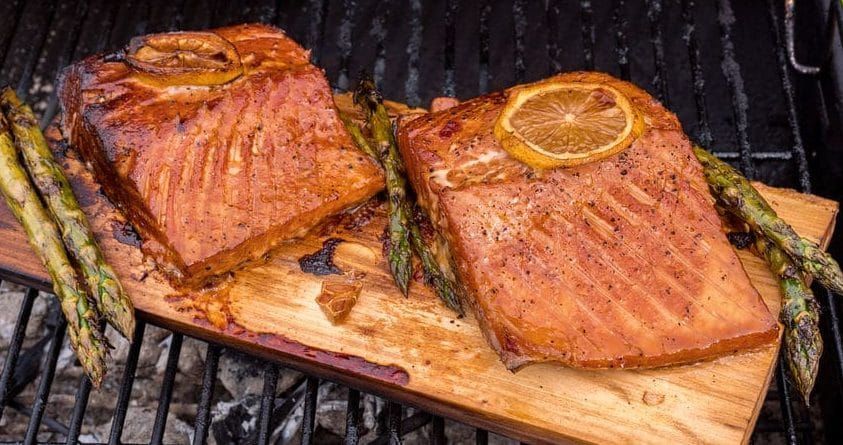
Grilling on cedar wood is not a novel concept. In fact, its roots are in Northwest Native American culture. Tribes in the Pacific Northwest would catch and tie the local Alaskan sockeye salmon to a wooden plank, then let the smoky cedar flavors absorb into the fish. But before starting to cook, there’s one essential precursor you can’t forget. “You have to dampen the plank first,” says Emma, “That’s what helps the smoke come out. Otherwise, it could spontaneously burst into flames.” Just soak the plank a few hours ahead of time to avoid an unfortunate accident. In addition to salmon, cedar is also excellent for cooking white meat such as chicken and pork. The gentle cooking process helps these meats to keep their juicy qualities, making for a flavorful meal.
Alder
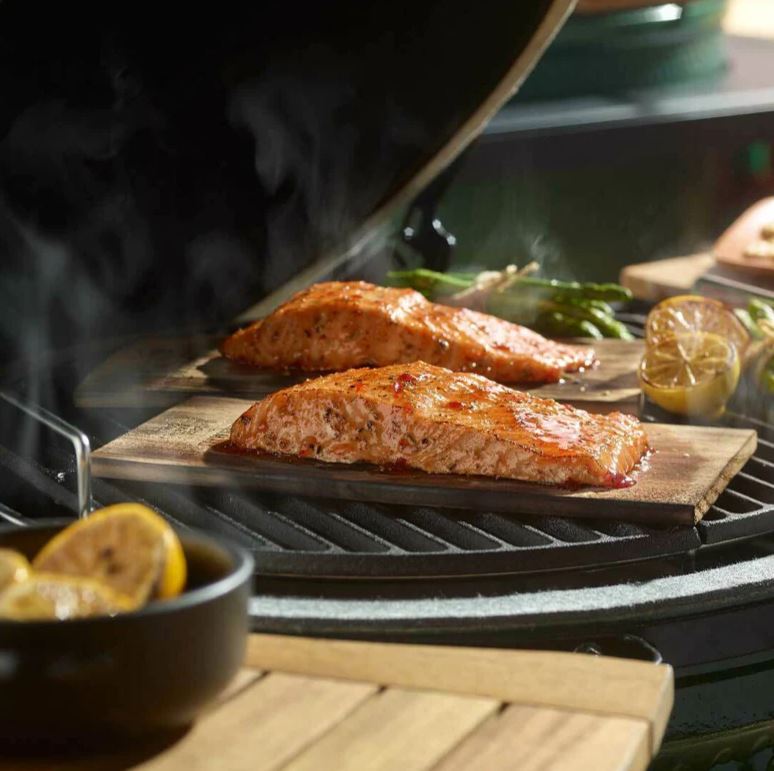
Alder wood is known for its combination of a light smoky taste with some hints of sweetness. Compared to hickory and cedar, the decreased intensity of the smokiness makes alder wood an excellent choice for fish such as tilapia, smelt, tandoori shrimp, and trout. The alder wood’s sweetness also doesn’t overwhelm the lighter taste of seafood or vegetables. So, if you’re up for some delicious fish tacos or tuna salad for lunchtime at the lake, alder wood is a perfect choice.
Applewood
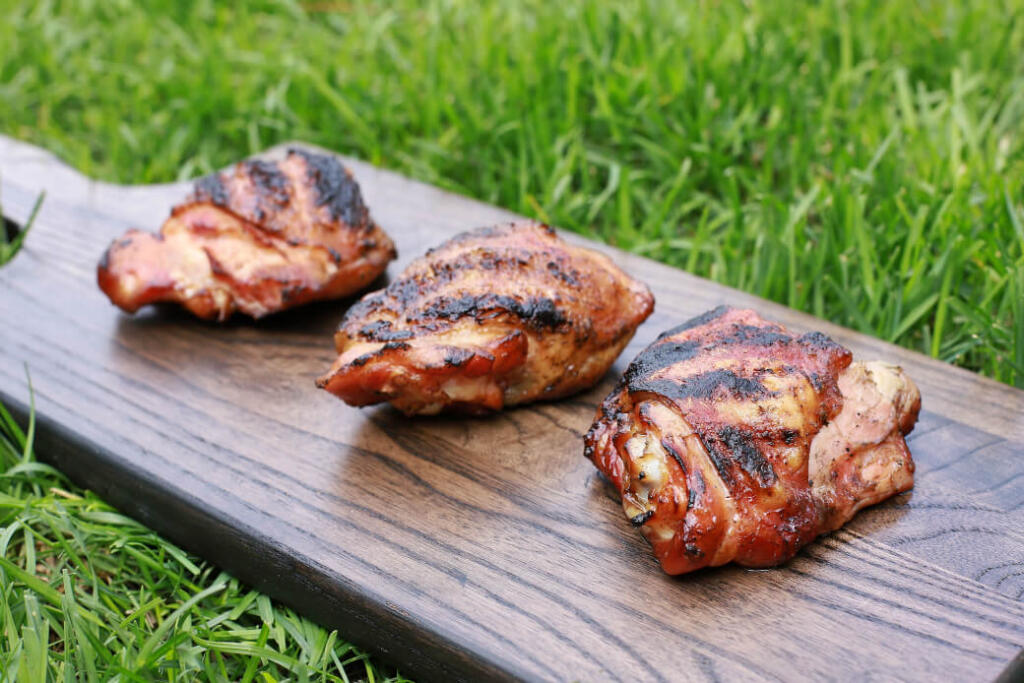
In addition to cherry wood, apple wood is the most commonly used fruit wood used for cooking. It’s excellent for delicate foods such as fish, but they also do well with pork, lamb, and beef because each of these meats is well complemented by its light, sweet flavor. In short, applewood’s combination of smoky and sweet flavors provides a well-balanced palette. It adds a hint of sweetness to meats that would be absent with other grilling woods.
Whether you’re cooking pork on applewood or BBQing on hickory, the best part of grilling in the summer is having fun with family and friends. Emma comments, “My family and I would always get smoked salmon in Seattle. The regional-specific flavors always remind me of home.” With the smell of smoky meat and the sounds of lighthearted conversation filling the air — and, of course, a delicious plate of food in front of you — we hope you enjoy creating these lasting memories at the lake.

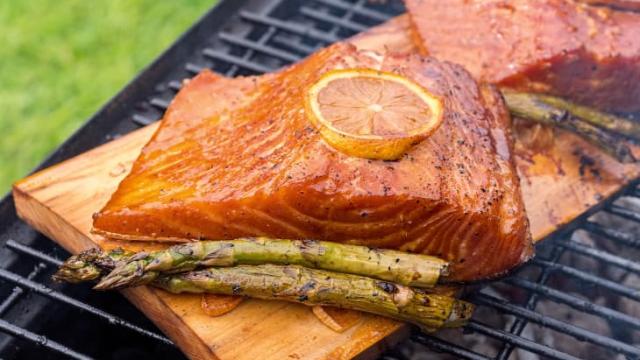
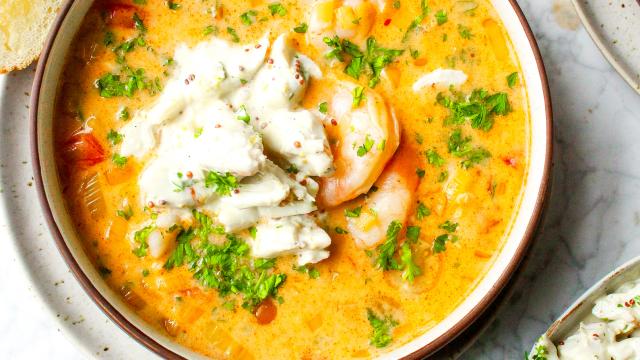
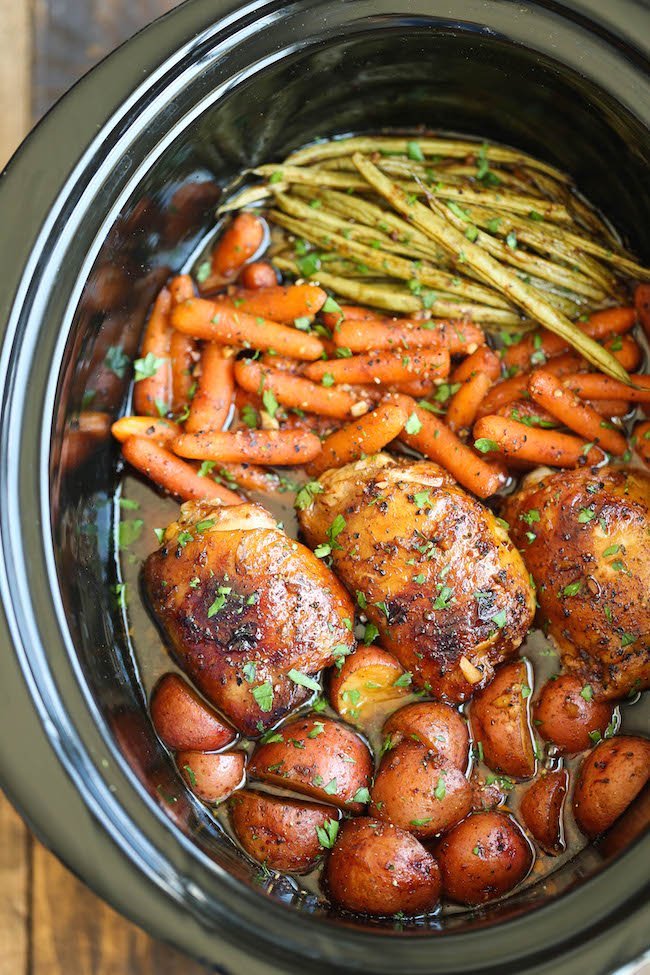
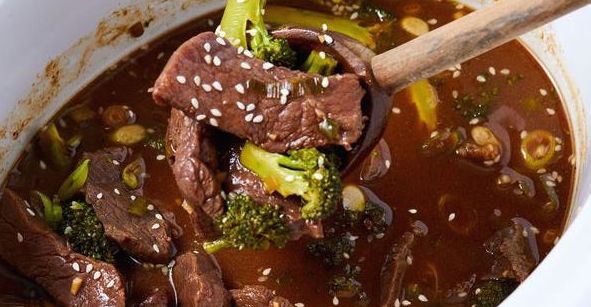
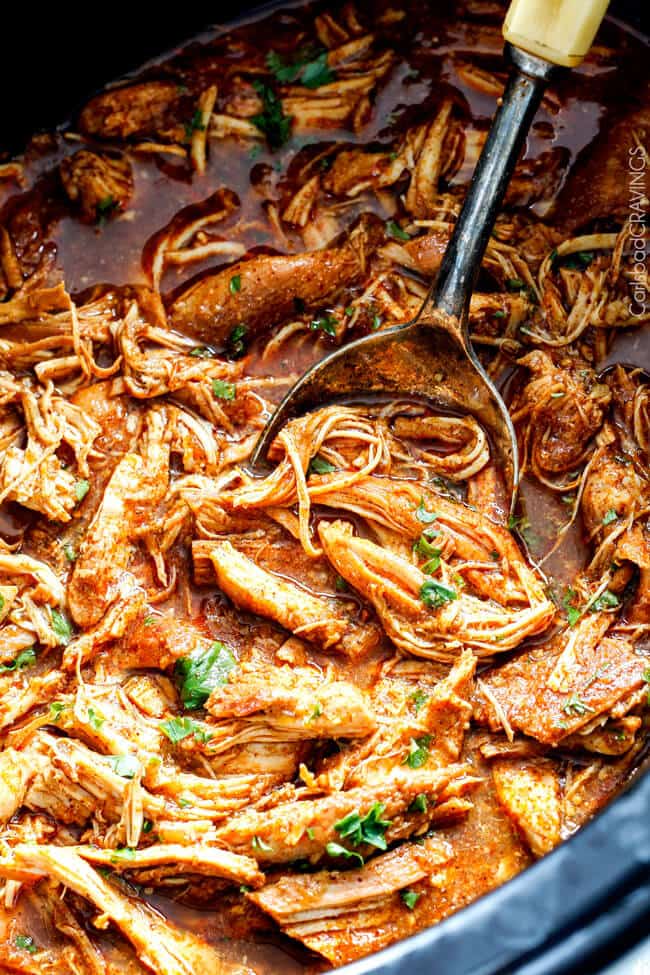
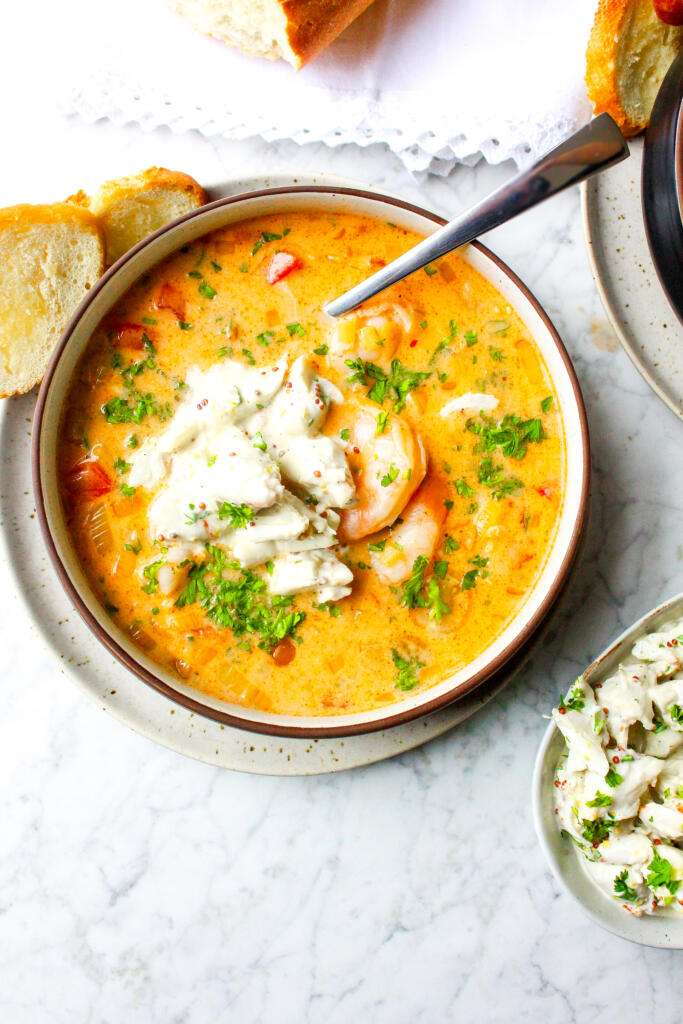
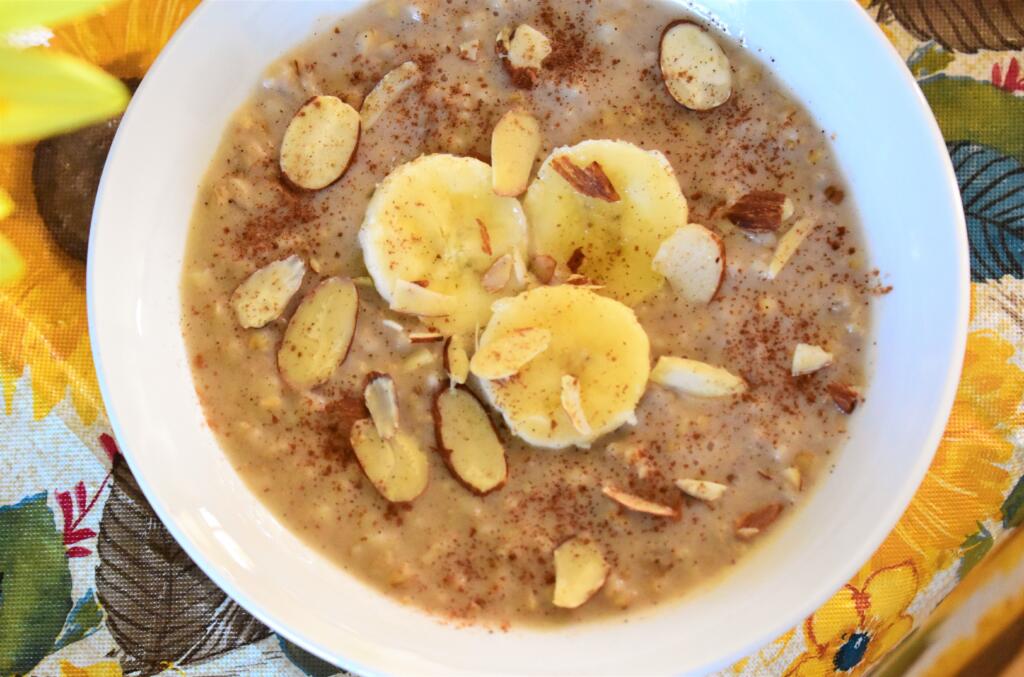
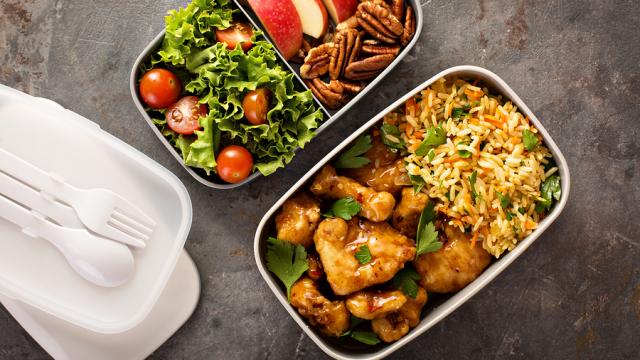
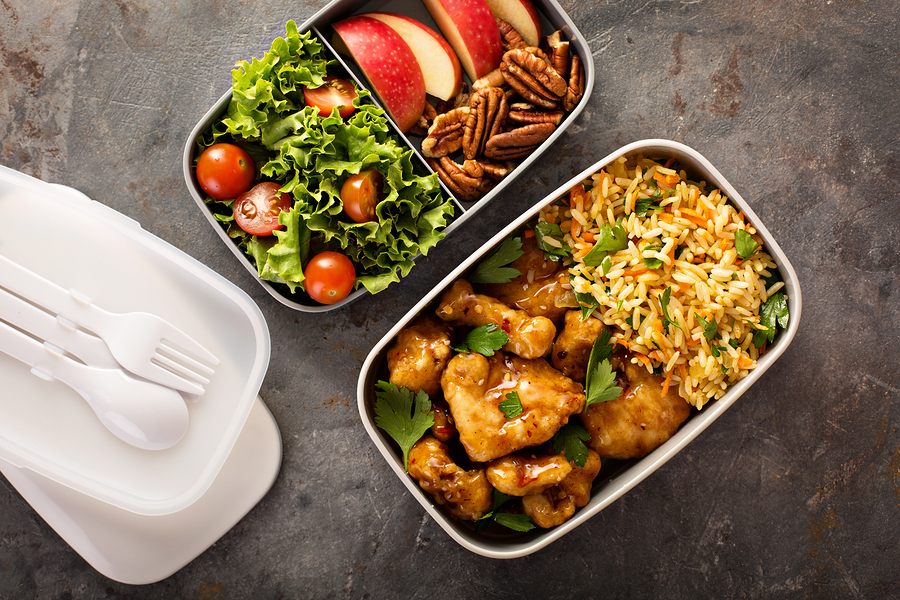
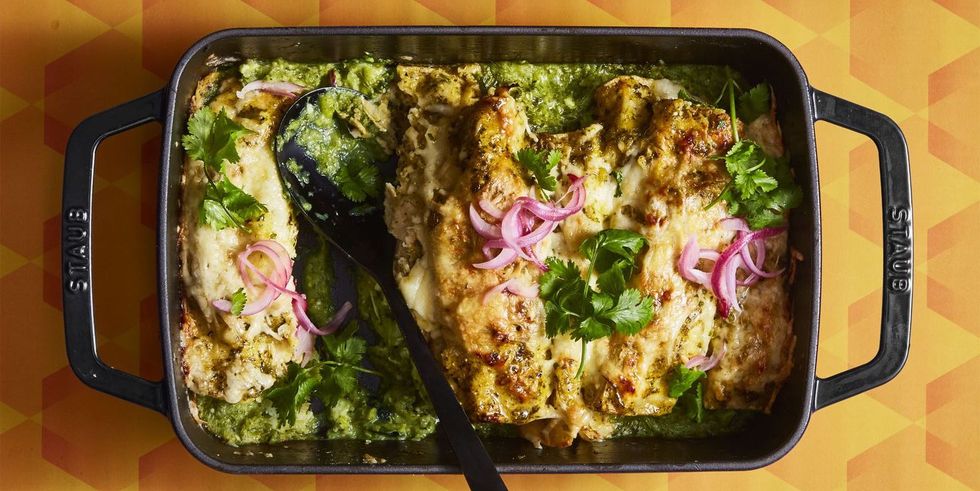
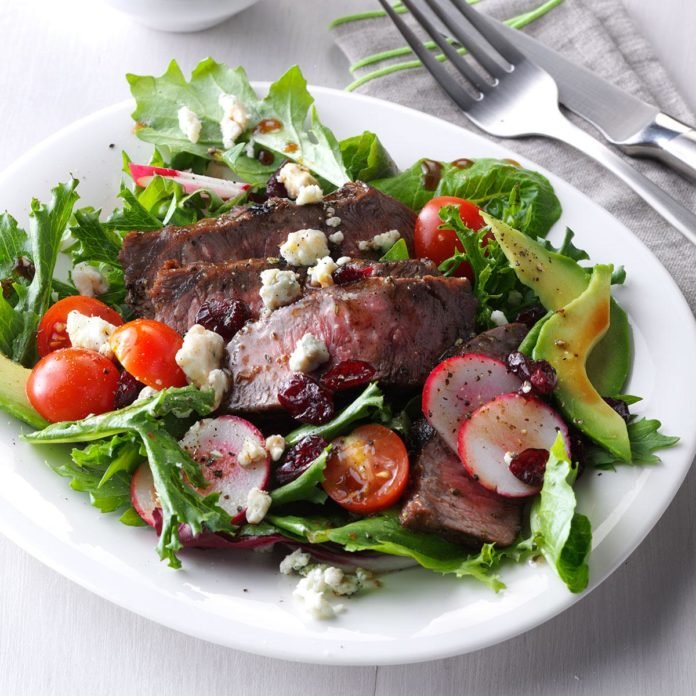
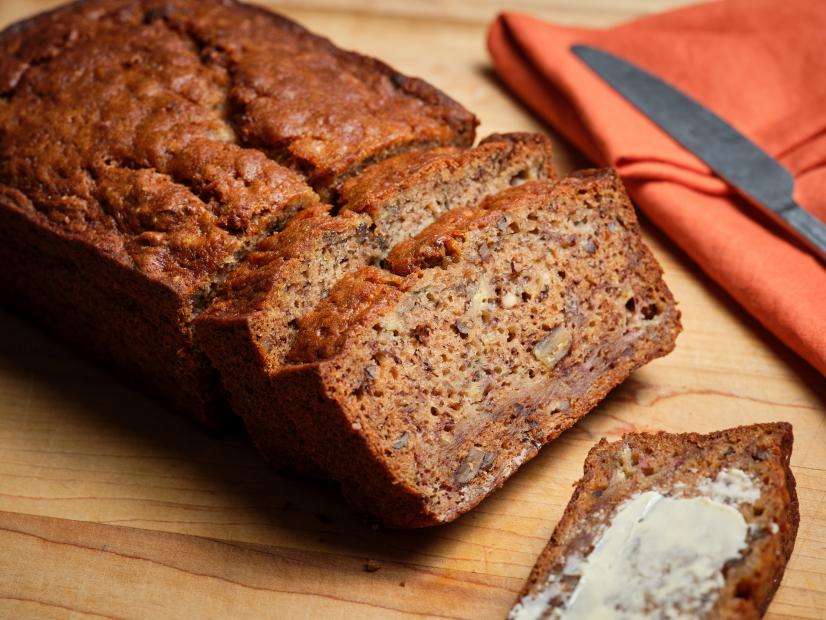
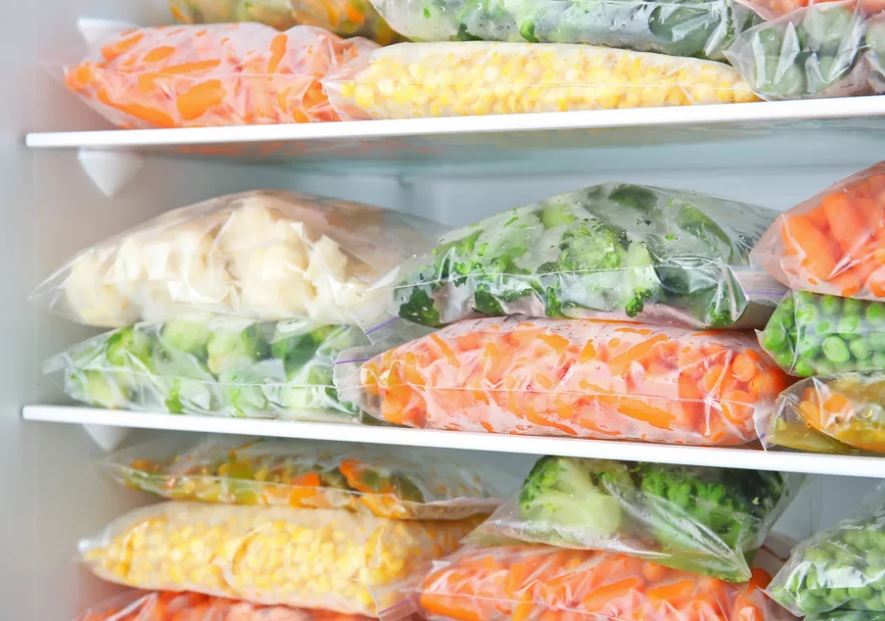
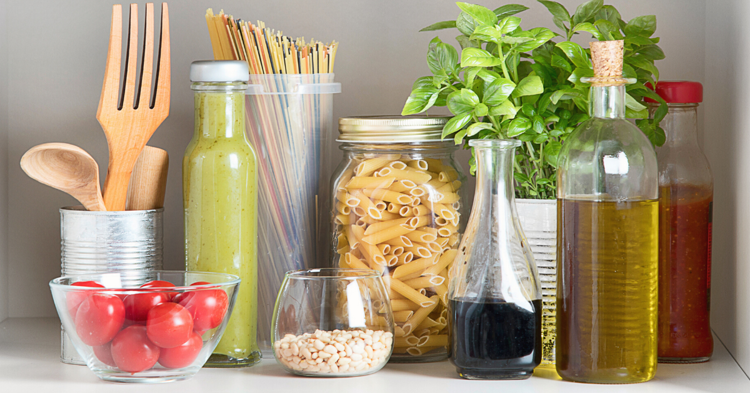
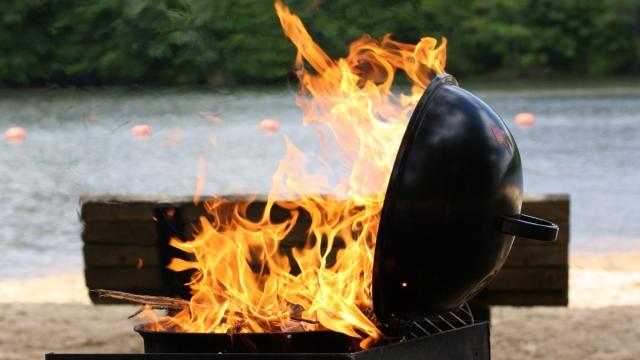
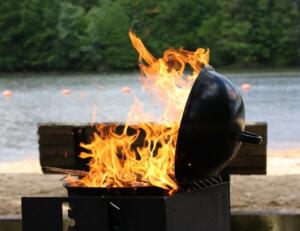 Beef
Beef